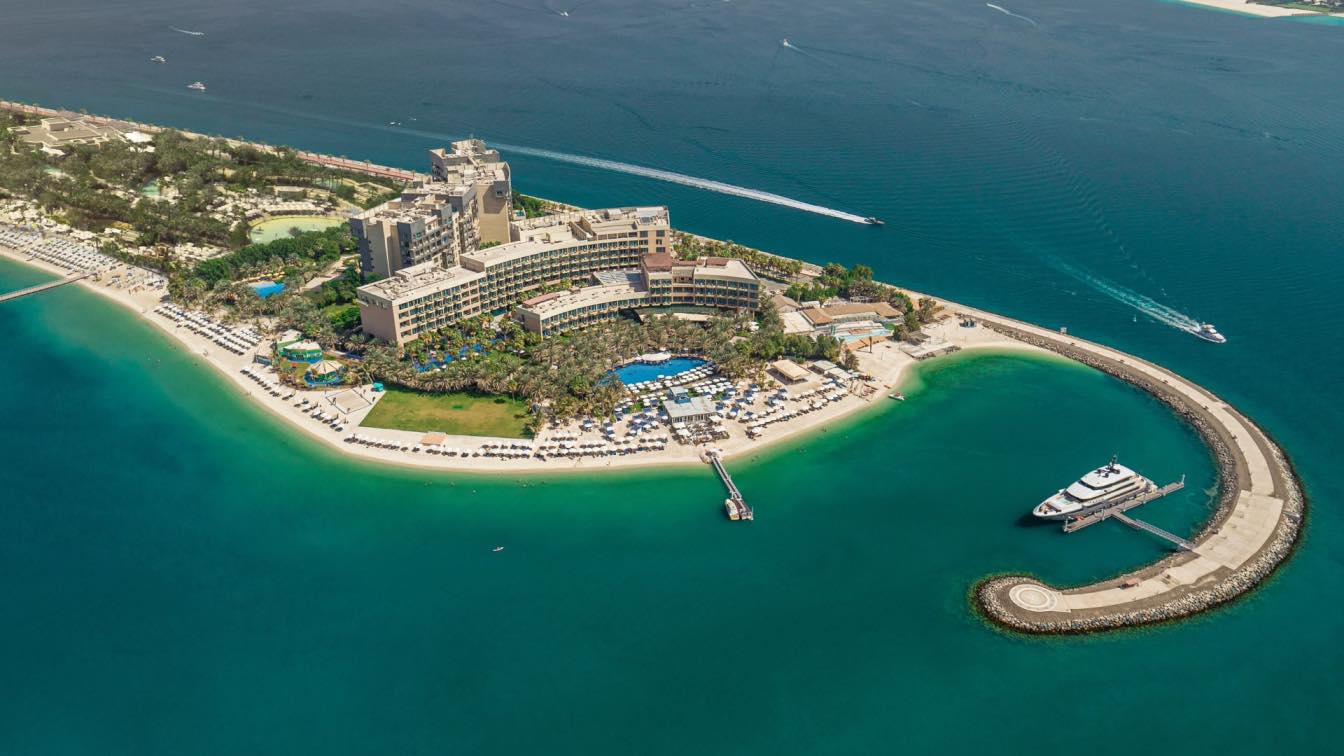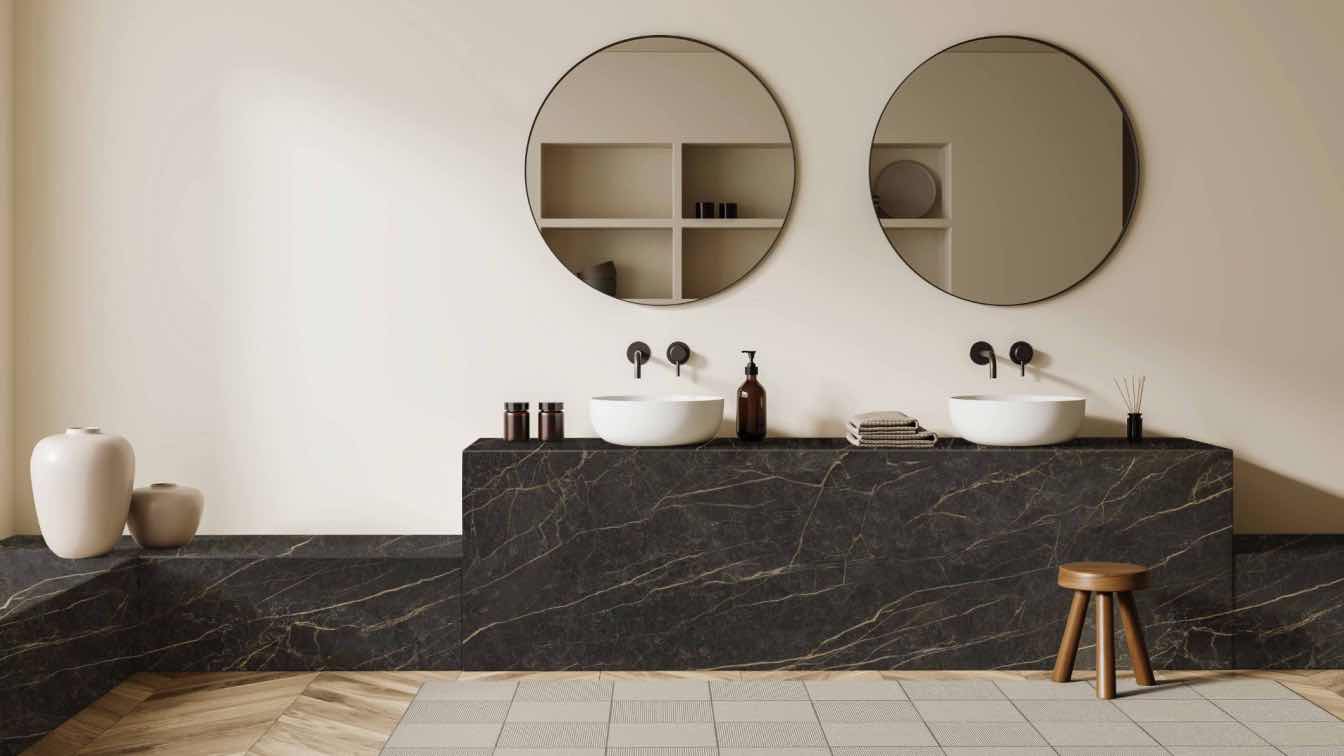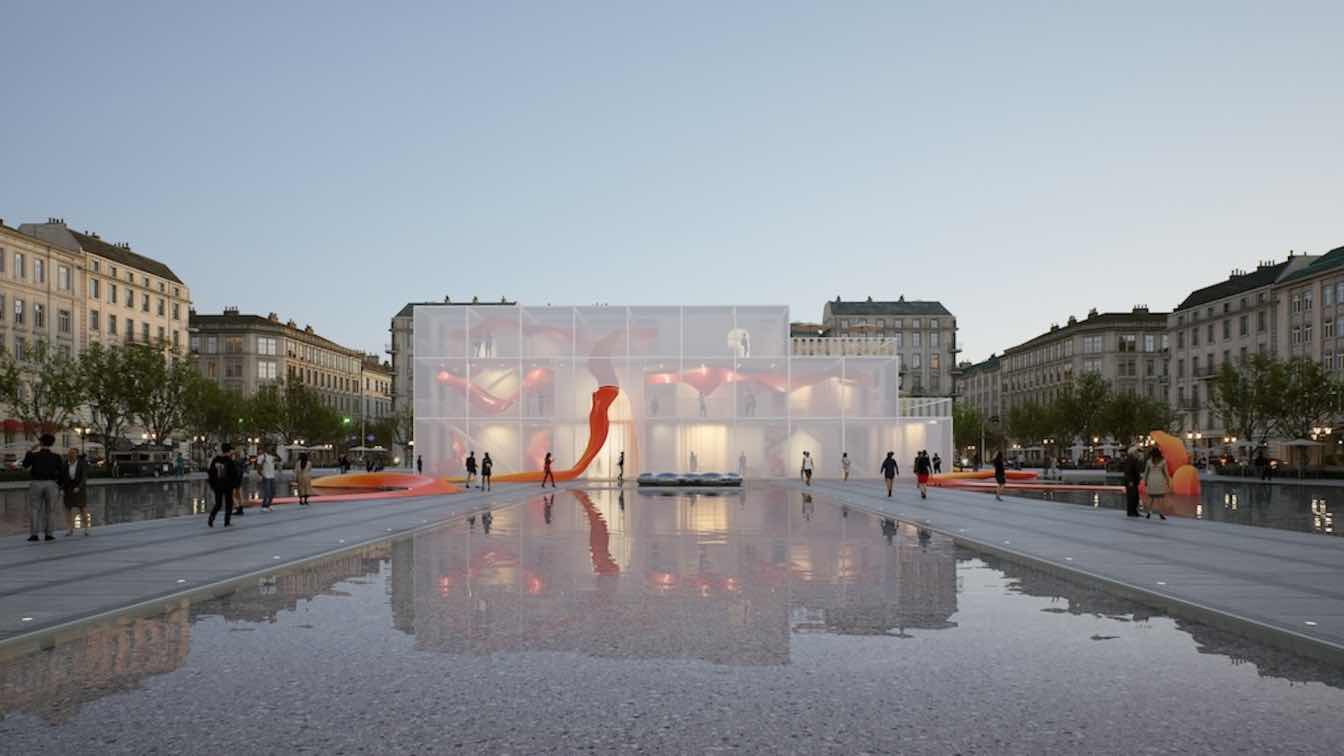In the desolate, windswept expanses of Chile’s Atacama Desert, at 3,000 meters above sea level, Diego Huidobro orchestrated a feat of modular architecture that has redefined what’s possible in extreme environments.
As CEO of Toptent and founder of Carpas y Eventos Toptent, Huidobro spearheaded the design and construction of the ALMA Sport Facilities for the world’s largest astronomical observatory. This ambitious project earned international recognition and multiple architecture award nominations.
The Atacama Desert, renowned as the driest place on Earth, presents unique challenges, including sandstorms, extreme temperature fluctuations, and limited infrastructure. The ALMA (Atacama Large Millimeter/submillimeter Array) observatory, a global hub for astronomical research, required a multi-purpose court and gymnasium to support its staff in this remote location.
Huidobro’s Toptent team, in collaboration with architect Benjamin Murúa, delivered a groundbreaking solution: a pressurized double-membrane structure built four meters underground to harness geothermal energy.
Set at 3,000 meters above sea level, the ALMA project exemplifies Huidobro’s blend of technical precision and bold, forward-thinking design, solidifying his reputation as a leader in building resilient, high-performance structures for some of the world’s most extreme environments.
“We had to think beyond traditional construction,” Huidobro says. “The ALMA project demanded a structure that could withstand hurricanes, sandstorms, and snow while minimizing environmental impact. Building in the Chilean Andes posed extreme engineering and environmental challenges. We couldn’t use conventional materials or methods. Instead, we designed a pressurized double-membrane structure supported by laminated wooden beams and partially built four meters underground to harness geothermal stability.”
Huidobro’s journey to this achievement began with his academic foundation—a Bachelor of Business Administration from Universidad de los Andes in Chile and an in Australia. His global perspective, honed through years of sourcing materials from Germany, the United States, and China, informed his approach to the ALMA project.
“I’ve traveled the world to understand the best materials and technologies,” Huidobro explains. “For the ALMA project, we needed membranes that could adapt to some of the harshest conditions on the planet—intense UV radiation, high winds, freezing temperatures, and sandstorms. Standard materials simply wouldn’t suffice. We collaborated closely with German and Peruvian manufacturers renowned for inventing high-strength, high-tensile fabrics. We developed customized membranes with advanced features like multi-layer insulation, UV filtration, and adaptive pressure systems.”
Rodrigo Brito, Business Manager at Associated Universities Inc. (AUI), worked closely with Diego Huidobro during the development of the ALMA Sport Facilities in northern Chile—a globally recognized project supporting one of the world’s leading astronomical observatories.
“What distinguished Mr. Huidobro from others was his ability to merge architectural innovation with extreme environmental performance.’ Brito says.
“The structure he helped develop offers unprecedented durability against snow, high winds, and intense sandstorms, all while minimizing light pollution—an essential requirement for preserving ALMA’s astronomical research quality.”
The ALMA Sport Facilities, completed between 2019 and 2023, feature a design that resembles half an egg. They have wooden beams and advanced PVC membranes equipped with sensors.
These sensors detect incoming sandstorms or hurricanes, triggering electronic motors to inflate the membranes, making them rigid enough to endure winds and debris.
“The technology we used is cutting-edge,” Huidobro notes. “The membranes aren’t just durable—they’re engineered for high-performance in some of the world’s most sensitive environments. For the ALMA observatory, we incorporated UV filters to protect the structure and contents from long-term sun exposure, anti-fungus treatments to combat moisture-related degradation, and specialized blackout features to eliminate any light emission from inside. This last aspect was critical, as even minimal light pollution could interfere with the observatory’s telescopes and scientific operations.”
This innovation, previously highlighted in architectural journals, positioned the ALMA Sport Facilities as a benchmark for high-altitude, climate-resilient design. The project’s unique integration of advanced materials and sustainable engineering earned it nominations for several prestigious international architecture awards, further cementing its impact within the global design and construction community.
Behind it stands Diego Huidobro, a seasoned executive with over 15 years of experience in modular architecture. As CEO of Toptent LLC and former General Manager of Carpas y Eventos Toptent SPA, Huidobro has led the development and deployment of more than 10 million square feet of modular and semi-permanent structures across Latin America.
Huidobro’s expertise in material science was pivotal. Drawing on over two decades of experience and an MBA from Macquarie Graduate School of Management, Australia, he led the transition from heavy iron frames to lightweight, high-performance aluminum—enhancing both durability and transportability.
His deep industry knowledge, built through years of managing large-scale projects across Chile and South America, including over 10 million square feet of installed structures, allowed him to implement cutting-edge materials like UV-filtered PVC and pressurized membranes, which are also 100% waterproof, fire-retardant, and have anti-fungal treatment.
Huidobro adds they also use specific metals: “Aluminum is safer and easier to move, especially at high altitudes,” he says. “It’s significantly lighter than traditional iron, which made transportation and assembly at 3,000 meters much more efficient and less risky for the crew.”
The underground design leveraged geothermal energy to regulate temperature, a sustainable solution that minimized energy consumption in a region with scarce resources. This blend of technical precision and environmental consciousness sets Huidobro apart as a leader in modular architecture.
The ALMA project’s success stems from Huidobro’s ability to navigate complex challenges. The observatory’s strict requirement to minimize light pollution demanded bespoke membranes, a challenge he met by collaborating with international suppliers.
“We had to learn how materials react in such extreme environments,” Huidobro recalls. “Traveling to Germany gave us insights into creating membranes that block light while maintaining structural integrity.”
Jaime Urenda, CEO of Tradewings USA Corp—a logistics company based in Miami—has followed Diego Huidobro’s career for years and offers his expert peer opinion based on Diego’s significant contributions to modular infrastructure and logistics innovation.
“Diego Huidobro stands out globally as a pioneering entrepreneur in the niche field of innovative modular structures and logistics infrastructure.’ Urenda says, ‘His leadership on landmark projects like the ALMA Sport Facilities and the modular logistics centers for Acciona and Concha y Toro exemplifies his ability to deliver high-impact, climate-resilient solutions in some of the world’s most demanding environments. His technical expertise, strategic vision, and commitment to innovation make him a world-class leader in his industry.”
Diego’s work blends engineering precision with environmental sensitivity, delivering scalable solutions for clients ranging from multinational corporations to disaster response agencies.
His global sourcing knowledge, technical innovation, and ability to adapt to complex challenges make him a leading voice in the future of modular infrastructure.
His team’s victory in a global competition against top-tier architectural and engineering firms further validates Huidobro’s expertise and forward-thinking approach. Industry publications have highlighted the ALMA Sport Facilities project as a standout example of innovation under pressure, praising its seamless integration of sustainability, structural resilience, and aesthetic design.
Diego’s earlier projects, such as a 20,000 square-foot modular warehouse for Acciona in the Atacama Desert in 2023, showcased his ability to deliver robust solutions in days, protecting valuable equipment from harsh conditions: “They needed a quick storage solution in a place with nothing around for miles,” Huidobro recalls. “We saved them time and ensured their assets were secure.”
Similarly, his 2022 project for Viña Concha y Toro, provided a 70,000 square-foot warehouse which was installed in six weeks, shielding wine products from Chile’s variable climate: “Clients like Concha y Toro need solutions that protect their inventory from rain, snow, and heat without breaking the bank,” Huidobro explains.
“We gave them a structure that’s as robust as brick-and-mortar but deployed in a fraction of the time, saving them millions.”
“Every environment is different,” Huidobro says. “Whether it’s desert heat or southern rains, we tailor our structures to perform. We use different materials in Chile’s rainy south than in the arid north to ensure durability. I also enjoy working with irregularly shaped or constrained spaces, designing efficient solutions that maximize utility without wasting resources.”
Rodrigo Gonzalez, Logistics Manager at Acciona Patache S.A.—a global leader in sustainable infrastructure—worked with Diego Huidobro on a large-scale modular warehouse project in Chile’s extreme desert region between October 2023 and February 2024.
“Mr. Huidobro personally advised us on advanced structural technologies, helping us evaluate and select materials that could withstand the extreme desert climate, including high daytime temperatures, freezing nights, and intense wind conditions,” Gonzalez says.
“His technical insight guided the development of a structure with the optimal dimensions and reinforcements needed to accommodate both our logistical requirements and the physical limitations of the site.”
Huidobro’s leadership extends to sustainability, a core value in his work. The ALMA structure, like all Toptent solutions, is fully reusable, minimizing waste compared to traditional construction methods.
“Our structures can be disassembled and redeployed without leaving debris,” he explains. “Unlike a concrete building, which takes years to build and demolish with waste, ours are sustainable and adaptable.”
This eco-friendly approach aligns with global trends, earning praise from clients such as Goodyear, which relies on Toptent for tire storage across multiple countries.
Huidobro has now expanded his vision globally, with projects in Uruguay, Colombia, Peru, Mexico, and the Bahamas. His international experience, coupled with affiliations like the Advanced Textiles Association and the Fabric Structures Association, keeps him at the forefront of industry innovation.
“I’m always researching new technologies,” he says. “We’re exploring automated systems where structures can deploy with a button, revolutionizing how we build in remote areas. My passion for continuous improvement drives me to explore new technologies, like automated structures that assemble with minimal human intervention.”
Huidobro is also a recognized leader in modular structures and an active contributor to the broader business and innovation community through his other strategic memberships and mentoring roles.
He is a member of Mana Tech, a global tech and entrepreneurship platform; the Chilean American Chamber of Commerce (AmCham Chile), where he supports cross-border business development; and Fundación RE, a nonprofit focused on sustainability and social innovation.
His mentorship at the Universidad de los Andes and his upcoming role with the Chilean American Chamber of Commerce further amplify his influence, allowing him to share his expertise with the next generation.
Francisco Massu, Country Manager at Toptent, has closely collaborated with Diego Huidobro for years, observing the company’s remarkable evolution under his leadership—from a small local venture into a prominent regional force in modular infrastructure. Massu credits Huidobro’s vision and strategic direction for establishing Toptent as a go-to partner for leading corporations across Latin America, known for delivering tailored, high-performance solutions.
“His role is not replaceable; the company’s growth, recognition, and market success are a direct result of his unique vision, deep industry knowledge, and execution capabilities,” Massu says.
“From the early days of Toptent, Diego Huidobro has driven every major milestone—shaping the company’s identity, steering its expansion into international markets, and personally overseeing some of its most complex and high-profile projects.”
Clients attest to Huidobro’s professionalism, with surveys for Toptent’s ISO 9001 certification reflecting high satisfaction: “If I can’t deliver, I’m honest about it. That trust is why clients return,” Huidobro explains.
“Credibility is everything in this business. We never promise more than we can achieve, and if challenges arise, we face them head-on, offering solutions or even refunds when necessary. That trust is why clients return.” His commitment to credibility and quality has built lasting relationships with global firms.
As Huidobro looks to the future, he envisions modular structures transforming how industries operate in extreme environments, from Arctic research stations to desert mining operations.
“The ALMA project showed what’s possible,” he says. “With the right materials and technology, we can build anywhere, no matter the challenge. We were operating at 3,000 meters above sea level, facing extreme winds, sandstorms, and temperature swings, but we made it work.”
His work, celebrated in previous publications, sets a new standard for resilience and efficiency, demonstrating that modular structures can thrive where traditional construction struggles.
Diego Huidobro’s ALMA Sport Facilities project is a testament to his expertise, innovation, and vision. As he continues to push the boundaries of modular structures, Huidobro is shaping a future where rapid, sustainable solutions meet the demands of the world’s most challenging environments.





